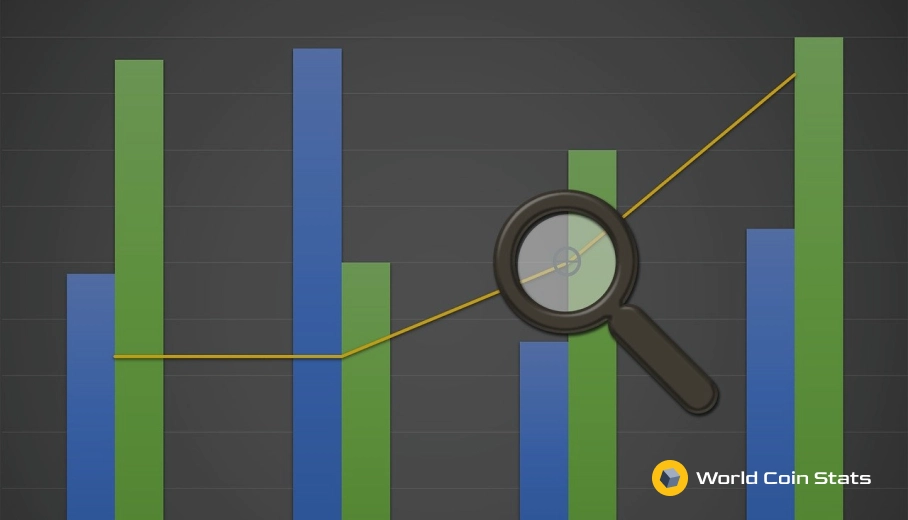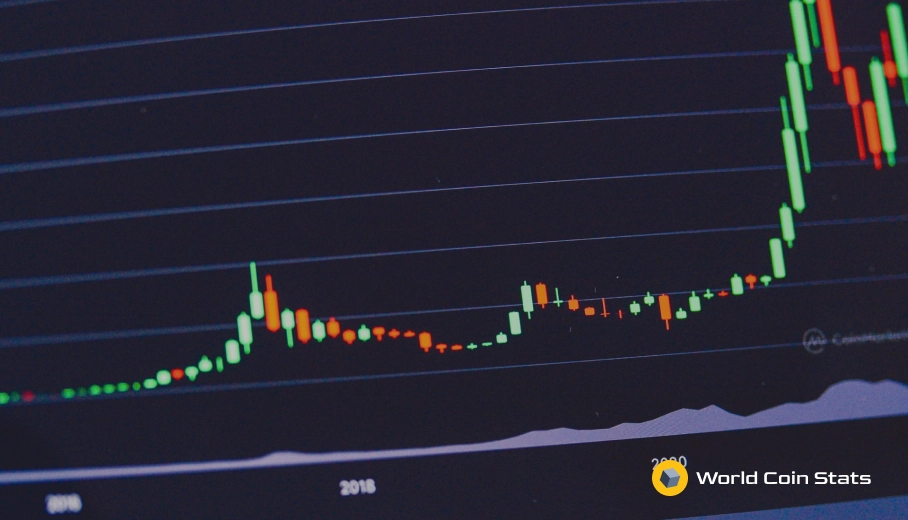The Basics of Bonds
Nowadays, the demand for a secure place to invest money has made many people search for options. And bonds, as well as bond funds, have long been a stalwart of investment. They are also the place where most people invest their money.
However, due to the many peculiarities in bond investment, you should have a basic understanding of bonds, bond funds as well as the market. Moreover, you should be able to measure the rates of return. Also, you should know how to maximize those rates. And in this article, our focus will be based on bonds.
Bonds and Their Relationship to the Stock Market
Historically speaking, bonds have a serious relationship with the stock market. And since we should learn from history, some historical trends often repeat themselves. For example, almost whenever the prices of stocks are decreasing, the prices of bonds are typically rising.
Moreover, lately, the interest in bonds has been increasing. More and more investors prefer to invest their long-term savings in bonds rather than stocks. Typically, bonds are a safer investment. For example, during difficult economic times, bonds have lower volatility. That’s why many investors re-invest their capital in bonds.
Basics of Bonds
Similar to stocks, bonds pay dividends. Sometimes the regular dividend payments can be enough to create a stream of income for the investor. Generally, bonds pay a fixed rate of interest at regular intervals. By doing so, bonds give investors the ability to predict their annual income with accuracy.
Also, as we mentioned previously, bonds pay dividends. Currently, interest from some types of bonds is exempt from federal or local taxes. For example, such bonds are municipal, agency, or Treasury bonds.
Moreover, there are two sides when it comes to bonds – a borrower and a purchaser (issuer). On the one hand, the issuer is the organization, government entity, or corporation. The entity can be even a publicly owned utility company to raise capital by issuing bonds. It is essential to note that the credit rating of the issuer affects the interest rate of the bond.
- High credit rating issuers pay lower interest rates
- Low credit rating issuers pay higher interest rates ( By doing so, they compensate for the increased risk)
On the other hand, you, as an investor, are lending money to the entity. In this case, you will be buying bonds in exchange for periodic payments with interest. In general, when you buy bonds, you are a loaner.
Face Value
Typically, bonds are issued with a promise to return the investor’s original capital investment at maturity. Of course, investors can sell the bonds at premium and profit from the sale. However, if they decide to hold on to the bond, then they will receive regular interest payments.
Moreover, the amount that investors will receive once they sell the bond at maturity is called face value. Most of the time, the face value is equal to the original price of the bond. However, there are exceptions. For example, U.S. savings bonds sell for 75 percent of the face value. Meanwhile, new issues are sold at a discount. When a bond is selling for a price lower than its face value, it is trading at a discount.
Coupon Rate
This rate is the interest rate applied to the principal to calculate the annual interest payment for a bond. Generally, they remain the same over the life of the bond. Moreover, nowadays, the registration of bond ownership is electronically.
High Yield Bonds
Typically, high yield bonds carry a higher risk. Investors who buy high yield bonds are taking a considerable risk. Moreover, the higher yield is compensation for the higher risk.
Maturity
Today, each bond has three different date investors should know:
- Issue date of the bond
- Another date on which the investor will receive the initial capital investment back
- A maturity date
The maturity date is the date on which the bond is scheduled for redemption. It is common for the maturity to be for a period of fewer than 30 years. If the maturity of the bond is up to two years, it is considered to be a short-term bond.
On the other hand, bonds with maturities between five and ten years are considered intermediate-term bonds. Of course, those bonds with maturities of ten or more years are considered long-term bonds. Typically, the longer the maturity, the higher the risk of inflation or rising interest rates.
Types of Bonds
U.S. Treasury and Agency Bonds
- The U.S. Government backs both
- The U.S. Treasury Bonds include Treasury Bills, Treasury bonds, Treasury Inflation Protection Securities, Treasury Notes and savings bonds
- Federal government agencies issue agency bonds
Corporate Bonds
- Corporations issue corporate bonds
- Rated by the creditworthiness of the company that is issuing them
- Typically, they have lower ratings and pay a higher yield
Municipal Bonds
- Issued by countries, cities, townships, schools, or even tax districts
- Revenue bonds and General obligation bonds
Zero-Coupon Bonds
- Sold at a discount
- Have no regular interest
- At maturity, the investor will receive as payment the face value of the bonds
Mortgage-Backed Bonds
- Secured by deeds to real estate
- Residual or commercial
International Bonds
- Issued by countries
- Sovereign risk and currency risk
Bond Mutual Funds
- Investment pools of individual bond securities
- Managed by professional portfolio managers
- Offer diversification and flexibility
- There is no maturity date
Bond Exchange Traded Funds
- Investment pools
- Investors sell them like shares on the stock market
- Possibility for daily trades




